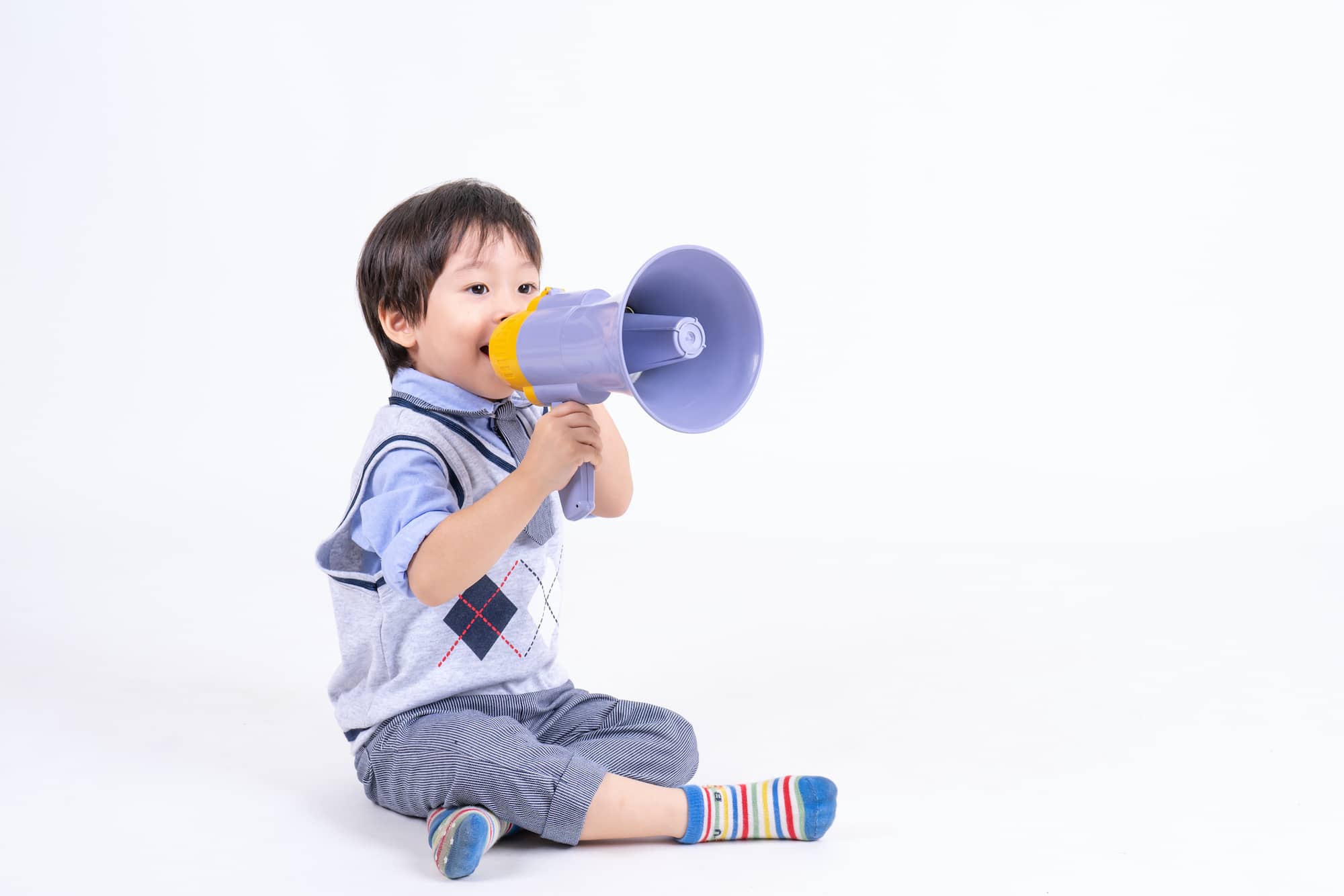OROFACIAL MYOFUNCTIONAL DISORDERS
Orofacial Myofunctional Therapy focuses on the following:
- Disorders of the resting posture and functional patterning of the lips, tongue and mandible.
- Non-nutritive sucking habits: thumb, finger, pacifier, tongue, lip.
- Other detrimental parafunctional oral habits: nailbiting, finger chewing, cheek biting, lip biting.
Definition
Orofacial myofunctional disorders (OMDs) are abnormal movement patterns and resting postures of the face and mouth that interfere with normal growth, development, and function of the orofacial structures including the teeth. Children, teenagers, and adults may suffer from OMDs and can also have problems with talking, swallowing, and nasal breathing. A common OMD, or tongue thrust, occurs when a child or adult pushes the tongue out while talking, chewing, or drinking.
Signs and Symptoms
- Habitual open mouth, lips apart resting posture
- Abnormal tongue resting posture: low in the mandible, against, or in between the lateral or anterior teeth which impacts the normal resting occlusal relationship or ‘freeway space' resulting in aberrant tooth eruption patterns/malocclusion.
- Non-nutritive sucking habits: finger, thumb, pacifier, bottle, breast past the age of 24 months.
- Abnormal functional swallowing pattern involving anterior or lateral interdental or linguadental tongue placement during the swallow and lack of a consistent linguapalatal seal.
- Abnormal functional patterns during chewing, bolus formation, and propulsion.
- Abnormal functional breathing patterns: apparent/obligatory mouth breathing.
- Abnormal speech patterns: interdental lisping, (distorted s,z sounds) unclear conversational Speech.
American Speech-Language-Hearing Association. (n.d.). Orofacial Myofunctional Disorders. (Practice Portal).
Causes
No single cause of orofacial myofunctional disorders has been identified, and its causes appear to be multifactorial. Anything that interferes with the tongue’s ability to rest and function within the oral cavity can contribute to an OMD.
The following are factors that have been identified as contributing to OMDs:
- Upper airway obstruction, due to obstructed nasal passages, or other structural abnormalities such as enlarged tonsils, adenoids, hypertrophied turbinates, and/or allergies, that interfere with effortless inhalation and exhalation. These may result in a chronic open mouth posture, as well as an incorrect swallow pattern and impaired nasal breathing.
- Chronic nonnutritive sucking & chewing habits past the age of 3 years of age (Sousa, et al., 2014; Poyak, 2006; Zardetto, et al., 2002)
- Orofacial muscular/structural differences that encourage tongue fronting could include: delayed neuromotor development, premature loss of maxillary incisors, orofacial anomalies, and ankyloglossia (tongue tie)
Treatment
Oral myofunctional therapy (OMT) involves an individualized program of exercises and activities to retrain oral motor patterns that influence dental occlusion, facial shape, chewing, swallowing and speech patterns. Evidence has shown that OMT helps in the retention of dental/orthodontic treatment as well as creating and maintaining a healthy, optimum orofacial environment.
GOALS:
- Establish and habituate normal freeway space dimension by eliminating parafunctional sucking habits and inappropriate tongue, lip, and jaw postures
- Establish and habituate a closed lips, nasal breathing oral resting posture
- Establish and habituate a mature swallow pattern utilizing a consistent linguapalatal seal
- Establish and habituate mature chewing patterns
- Establish and habituate normal articulation patterns
CCSPOM'S OMT program involves a weekly 30 minute visit for approximately 12-16 visits. The first third of the program involves strengthening and patterning work, the middle third involves training actual skills, and the final third focuses on habituating or unconscious competence with newly learned patterns. Follow up visits are scheduled 4 times over the course of a year following completion of the program.
An interdisciplinary team of professionals may be involved in treatment including:
Allergist
Dentist
Oral/Maxillofacial Surgeon
Orthodontist
Certified Orofacial Myologist
Physical Therapist
Physician/Pediatrician
Otolaryngologist (ENT)
Sleep Disorder Specialist
Only therapists certified by the International Association of Orofacial Myology have the appropriate education and training to provide treatment. The IAOM, a professional organization founded in 1972, is the ONLY international professional accrediting organization for this specialty. IAOM members who have earned the credential COM have the appropriate training to identify orofacial myofunctional disorders and provide orofacial myofunctional treatment.
Patricia is an IAOM COM ® and licensed speech pathologist. She is the only COM ® on the CentralCoast of California between Santa Barbara and San Jose. Past President of the IAOM from 1997-2002and member of the IAOM Board of Examiners between 1987-2021, Patricia has extensive training and experience with orofacial myofunctional disorders and speech sound disorders and is considered an expert in these fields.

OROFACIAL MYOFUNCTIONAL DISORDERS
Orofacial myofunctional disorders (OMDs) are abnormal movement patterns and resting postures of the face and mouth that interfere with normal growth, development, and function of the orofacial structures including the teeth.

Stuttering
Stuttering is a communication disorder characterized by excessive involuntary disruptions in the smooth and rhythmic flow of speech, particularly when such disruptions consist of repetitions or prolongations of a sound or syllable, and when they are accompanied by emotions such as fear and anxiety, and behaviors such as avoidance and struggle.

Childhood Apraxia of Speech
Most children learn to speak with little difficulty and can easily be understood by adults and peers. In contrast, children with childhood apraxia of speech (CAS) struggle to learn speech sounds,syllables, and words and experience frustration when attempting to communicate.

Speech Sound / Articulation Disorders
Articulation disorders focus on errors such as substitutions and distortions during the actual motoric production of individual speech sounds.In addition, rule based errors or phonological processes can also be impacting the production of whole groups of sounds.




